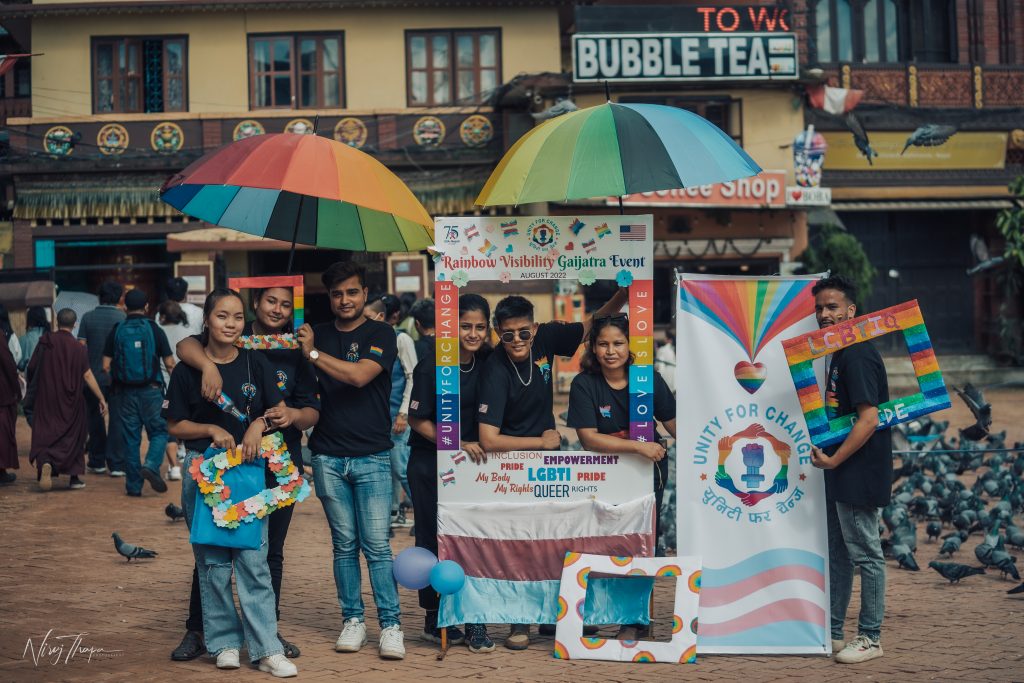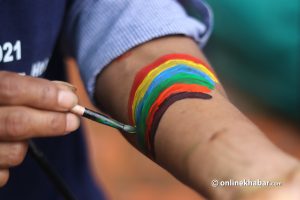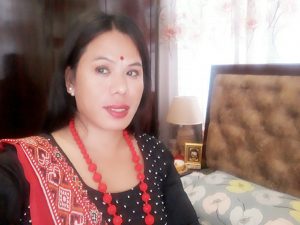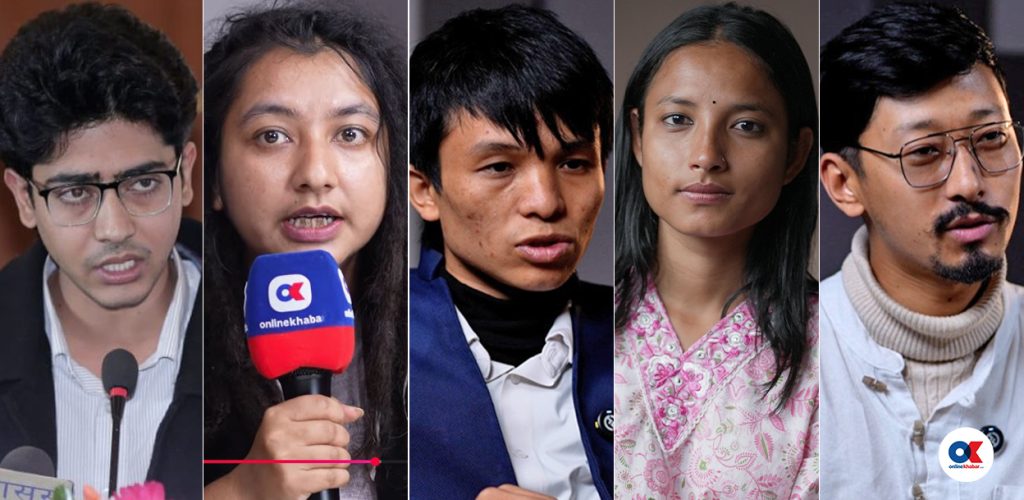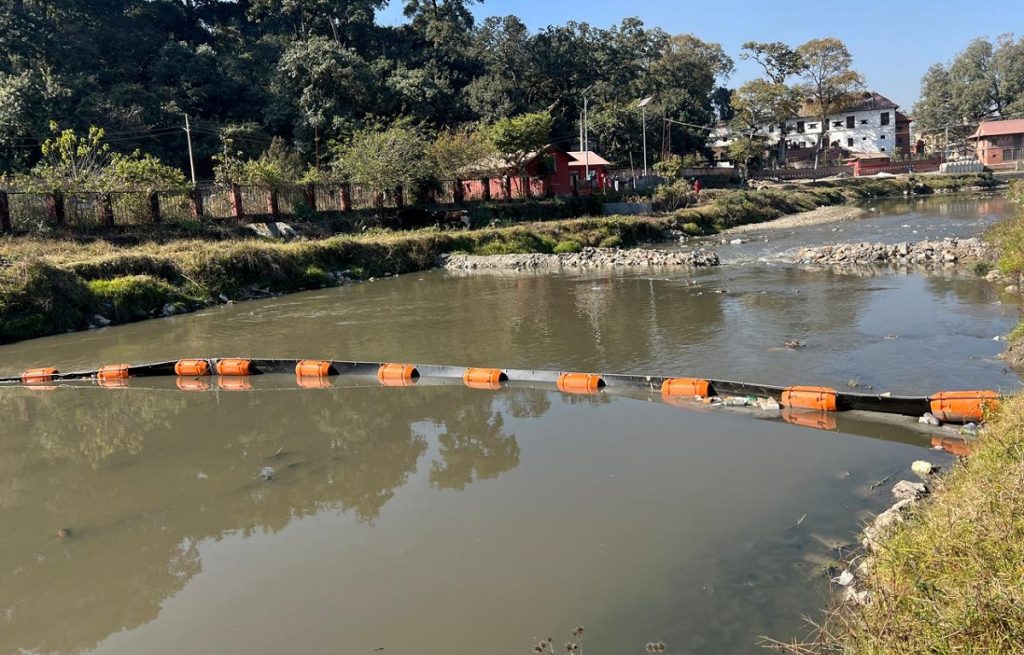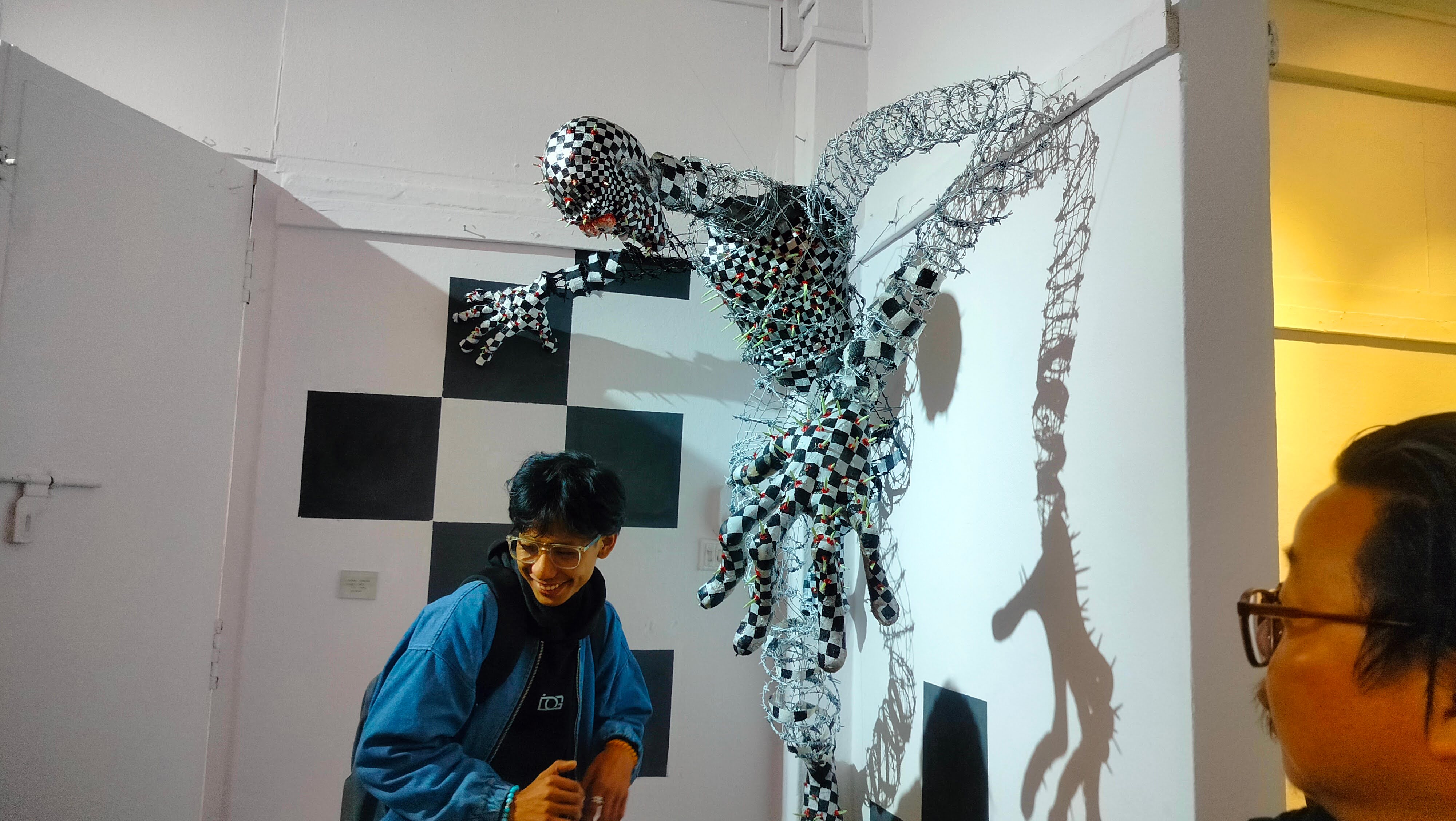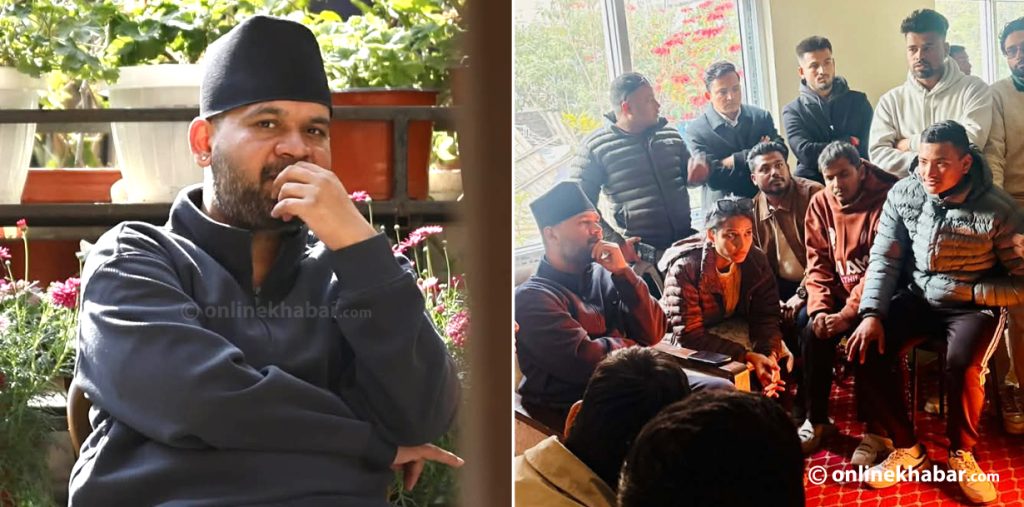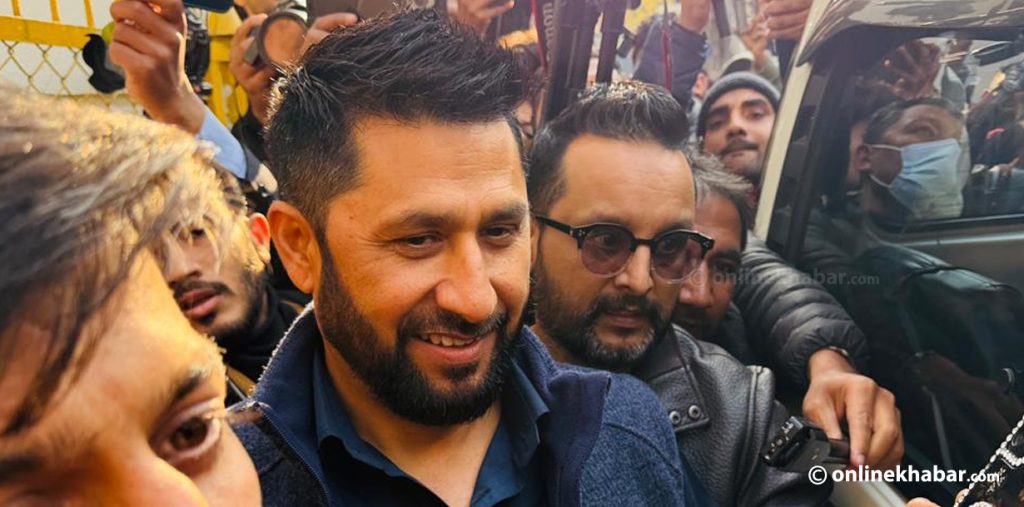
Trans woman Soniya Tamang, currently an undergraduate student in Iowa of USA, started using her hormone replacement therapy course in 2020. She started with a testosterone blocker [spironolactone]. Six months later, she started taking estrogen and a year after that, she started her progesterone hormone therapy too.
But, soon, she started seeing some changes in her skin and breast tissues.
“My skin was getting much clearer, without pimples and my breast size increased too. But, I also gained weight and got curvier. I found myself becoming more emotional than before too.”
Tamang was in the US, lucky enough to get access to proper hormone replacement therapy in response to her problems. “But, many from the Nepali trans community just use hormone tablets that contain a higher percentage of estrogen.”
When Sudeep Gautam, a trans man, first thought of going through the transition, he had to procure his hormones from out of the country. “Though the hormones were available in the country, like many other members of the Nepali trans community, I did not know that; I had to get in touch with a friend outside and procure them.”
While Tamang is getting regular medical attention and still going with the course, Gautam today regrets his decision of taking the hormones.
Today, drugs are readily available here, but they are also misused often. Gautam, through his years of personal and on-field experience, says that the Nepali trans community needs to stop that and know about the hormones and their possible impacts on the body.
“I believe I am a trans man regardless of the hormones. It gave me the appearance of a man, but I struggle with so much today that other people do not understand.”
Proper consultation is a must
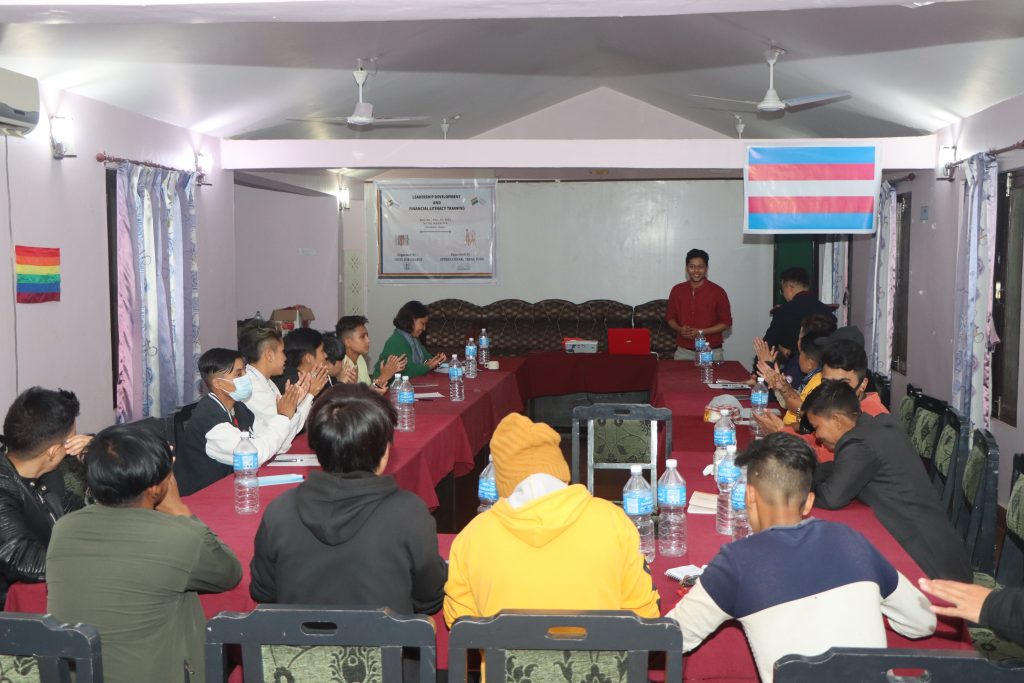
Hormone therapy is common in the Nepali trans community. Any individual in transition undergoes hormonal therapy (related to testosterone for trans men and estrogen and progesterone for trans women including respective hormone blockers) to stabilise their transition and look more like their straight counterparts.
But, lately, queries and complaints about the side effects are on the rise, informs Gautam, who runs an organisation called Unity For Change as its president. “Hence, we do not ask them to undergo the surgery. We always suggest the opposite. We only facilitate them and take them to the right place so that they get the hormones and their dosage suitable for their body,” he says.
What is more harmful, he says, is that many members of the Nepali trans community are taking hormones without expert consultation. “Mostly, trans men tend to consume hormones by consulting their peers only. Many who do later feel the side effects, then only call us in a panic stage. That is why we strongly recommend visiting a doctor.”
Tamang also highlights that before and after using or stopping any course, a proper checkup is a must. “I am in touch with my doctor who conducted a blood checkup to see if all my chemicals or hormones were in the normal range and if everything was healthy.”
Gautam says, “Everyone has a different dosage requirement. It depends on the body, and its adaptability but has to be taken regularly. When I first took it, it was every 21 days. But now, it is up to a month and I go for checkups every three to six months.”
“I have taken the hormones up to twice a month. But just two months ago, I had my breast augmentation done. So before the procedure and for the next month, I am off the hormones as recommended by the doctor,” shares Tamang.
Early problems
Many members of the Nepali trans community start taking the hormones in their teens because they think the impact will be less that time. “But, that is not true. It might help the body to adapt to the changes early in its life, but it is not easy. More hormones might mean more problems as they age including early heart and kidney problems as well as bone erosion.”
Gautam says he would never recommend taking the hormones even after a doctor’s recommendation. “I have gone through the pain and the stress. But, when I suggest others to not take the hormones, they misunderstand me and accuse me that I have some personal benefits in not letting them grow.”
But, he says, “A 30-year-old who takes hormones may look fit from the outside, but they struggle with issues like sugar, pressure, thyroid, hair growth, blood flow and urine dysfunction. Life does not get easier for many.”
He says if he had not taken the hormones, he could have been a better, stronger person.
This is why he says the Nepali trans community’s journey should start within. “One should understand that they have to accept their body first rather than taking medicines. They may afford one [sex change] operation, but that will never be the end. It comes with a lifetime of physical, economic and psychological impacts on the body that you cannot ignore.”
Hormones demand economic stability as well. “From the first operation or hormones to the continuous dosage and the medicines for many side effects and the increasing prices of the medicine, all should be taken into consideration before anyone in the Nepali trans community undergoes the transition. If you leave the hormones in between, you face even more problems.”
Taking hospitals on board

Apart from the medical support, Gautam says members of the Nepali trans community need other support such as legal consultations too. It includes obtaining proof of surgery.
“In Nepal, sex change operation is considered illegal as it cuts away healthy body parts. But, when trans individuals go for their citizenship, they need to show the sex change operation proof and a doctor’s prescription for hormonal therapy among others. So, we counsel and make sure everyone gets proof of surgery and not just the discharge papers.”
For this, the organisation has been working with hospitals also. “We coordinate with many hospitals to first give them the consultations regarding how to handle the Nepali trans community, their struggles and their experiences,” he shares.
He feels there is the need because “biologically born females and intersex people who have uterus still having menstruation are under threat for breast and cervical cancer. However, many trans men are stopped from entering “female-only” sections of the hospital because their appearance is male. And, there is constant judgement, mockery, comments and eyeballing that goes around.”
“Meanwhile, hospitals are a playground for the power game. If you have contacts, you get in; but if you do not, you are denied any service. We are trying to ease that access for all, including our community.”
Gautam’s organisation has been continuing to give community consultation and help the Nepali trans community, in particular among the entire LGBTQIA+ community, to make the right choice and live a healthier, better life. The organisation has become a refuge for many lost and confused individuals struggling with their identity or establishing themselves in the “heterogeneous” society.
Gautam began his work in the field some 10 years ago. Being an employee at the Blue Diamond Society (BDS), he had already seen a lot in the Nepali trans community. To help it further, he established Unity for Change in 2018 and registered it in 2020. Through the organisation, his team mostly facilitates the Nepali trans community in their transition, including hormonal therapy, psychosocial counselling and legal battles.
